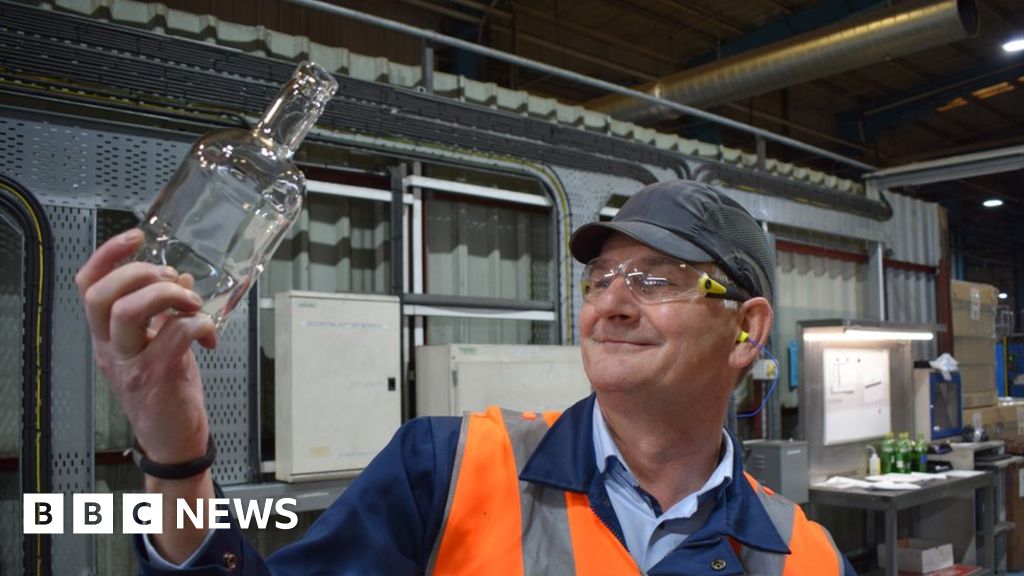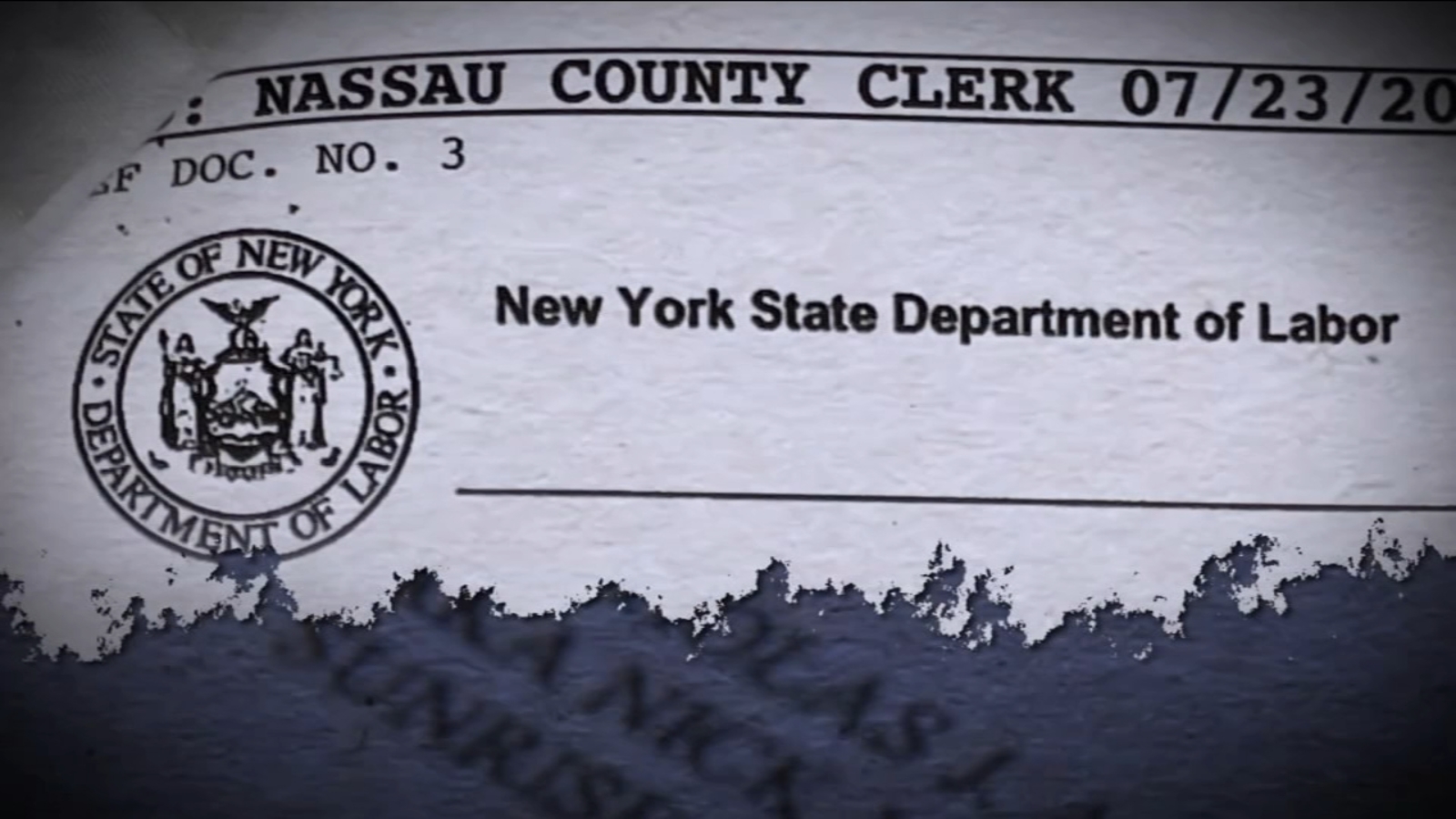I’m handed an elegant pear-shaped bottle with an intricate leaf pattern reaching up around the neck.
Despite being empty, it’s heavy.
I ask how much the bottle costs. “About £270,” I’m told. I hand the bottle back – very carefully.
I ask how much the bottle costs. “About £270,” I’m told. I hand the bottle back – very carefully.
In 1994 the factory was taken over by Austria’s Stoelzle Glass Group, which has focused the plant on making bottles for the spirits industry.
It can handle the design, bottle making and decoration all on one site.
Demand is strong, helped by the boom in gin making and demand for whisky in Asia. When I visit, the plant is busy, lumps of molten glass are dropping into dozens of moulds, the glass still glowing orange from the heat of the furnace.
To stand out in a crowded market, customers want distinctive bottles, with patterned and sometimes coloured glass, elaborate labels and artwork.
“What our clients are looking for is to have their product presented in an outstanding – sometimes iconic – way,” says Thomas Riss, chief executive of Stoelzle Flaconnage.
I’m handed an elegant pear-shaped bottle with an intricate leaf pattern reaching up around the neck.
I ask how much the bottle costs. “About £270,” I’m told. I hand the bottle back – very carefully.
Despite being empty, it’s heavy.
In 1994 the factory was taken over by Austria’s Stoelzle Glass Group, which has focused the plant on making bottles for the spirits industry.
I ask how much the bottle costs. “About £270,” I’m told. I hand the bottle back – very carefully.
I ask how much the bottle costs. “About £270,” I’m told. I hand the bottle back – very carefully.
In 1994 the factory was taken over by Austria’s Stoelzle Glass Group, which has focused the plant on making bottles for the spirits industry.
It can handle the design, bottle making and decoration all on one site.
Demand is strong, helped by the boom in gin making and demand for whisky in Asia. When I visit, the plant is busy, lumps of molten glass are dropping into dozens of moulds, the glass still glowing orange from the heat of the furnace.
To stand out in a crowded market, customers want distinctive bottles, with patterned and sometimes coloured glass, elaborate labels and artwork.
“What our clients are looking for is to have their product presented in an outstanding – sometimes iconic – way,” says Thomas Riss, chief executive of Stoelzle Flaconnage.
#there039s #revolution #glass #making
Note:- (Not all news on the site expresses the point of view of the site, but we transmit this news automatically and translate it through programmatic technology on the site and not from a human editor. The content is auto-generated from a syndicated feed.))



